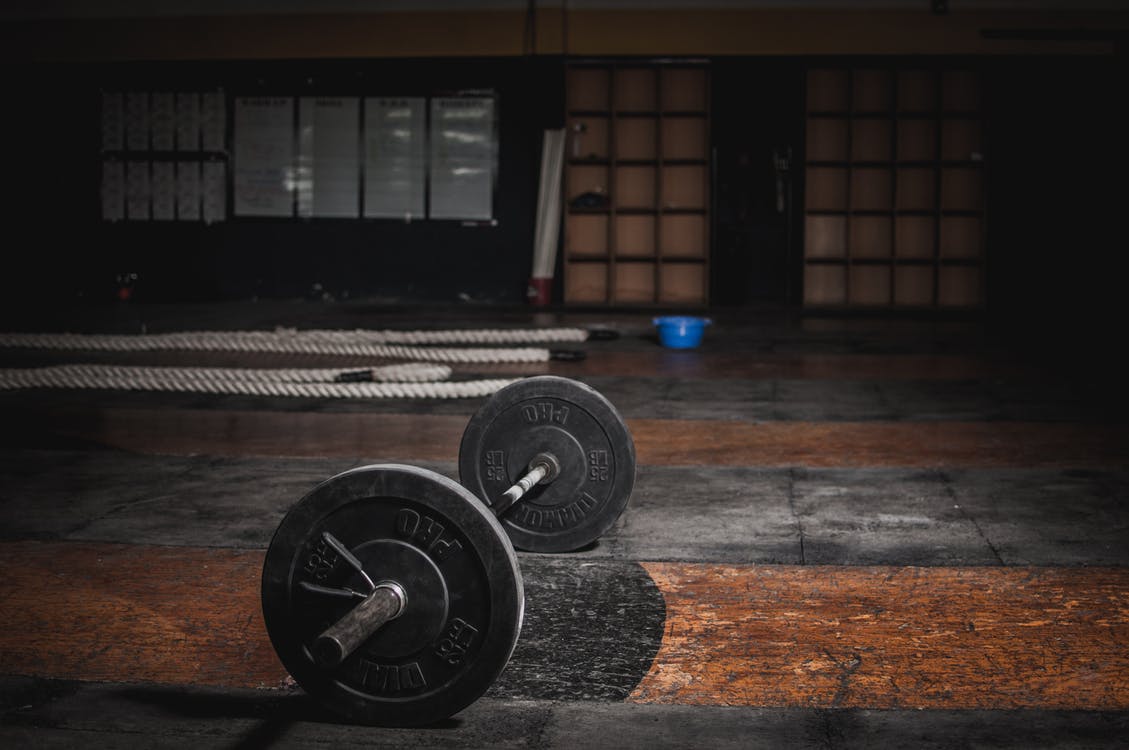When lifting weights, most of us have experienced the concept of bilateral deficit. This is the idea that the sum of the parts are less than the total. For example, you may be able to bench press 200 pounds with a barbell, but you probably do considerably less than 100 pound dumbbells with a dumbbell bench press. A recent study in Medicine and Science in Sports and Exercise has a different take on this concept. In their study, applied to explosive movements, the sum of the parts is greater than the total.
Samozino et al (2014), studied 14 subjects that were rugby players of varying ability and recreational athletes. In the study, the subjects performed bilateral tests using a carriage designed to provide resistance. Subjects would push off two force platforms against a resistance that ranged from 0% to 240% of bodyweight. Subjects also performed inclined push-offs using the right leg and the left leg only.
The authors found that the external force developed by both limbs during the bilateral tests were lower than the sum of the forces that each limb could produce during the unilateral contractions. For example:
- On the unilateral trials, on average, the left leg produced almost 900 Newtons of force. The right leg was essentially the same. This means that the sum of the unilateral legs was around 1800 Newtons of force.
- On the bilateral trials, on average, the left leg only produced around 600 Newtons of force, with the right leg being essentially the same. This means the sum of the bilateral legs was around 1200 Newtons of force.
- The difference between the two is the bilateral deficit.
I find this fascinating as it seems to work differently than with slow strength movements. For example, if you can leg press 800 pounds using both legs, the chances are extremely remote that you can lift 400 pounds or more with a single leg on that lift. However, this study suggests that in ballistic jumps this may work differently. This brings up the question, does this have application for an athlete’s training? For example, a basketball player will perform bilateral movements when executing vertical jumps to get rebounds or a jump shot, but will perform unilateral movements when sprinting down the court.
Now, some limitations of this study must be kept in mind before going to far with this line of thought. First, while it includes some athletes as subjects, we don’t know anything about their training or competition status. For example, strength levels, power, elite versus recreational, etc. This makes application challenging. Second, the test isn’t exactly a jump. By that I mean there is no stretch shortening cycle. The subjects began each “push” at 90 degrees of knee flexion with no countermovement possible. It’s possible that a true plyometric movement might have produced very different results. Third, the unilateral tests were different than the bilateral tests. This is interesting. Could the incline experienced during the unilateral tests have negatively influenced force production?
I think real caution needs to be taken with the application of this study’s results, given the limitations mentioned above. For me, the take home is that both bilateral and unilateral strength are a good idea for most athletes.
Samozino, P., Rejc, E., Di Prampero, P.E., Belli, A., and Morin, J-B. (2014). Force-velocity properties’ contribution to bilateral deficit during ballistic push-off. Medicine and Science in Sports and Exercise, 46(1), 107-114.

